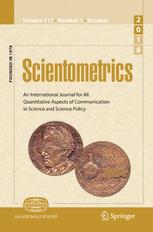The Gender Gap in Malaysian Public Universities: Examining the ‘Lost Boys’
Author: Jonathan Yong Tienxhi
Comment: Argues that lower rates of boys/male students at Malaysian public universities, a “reverse gender gap”, affects men from lower income groups. In STEM subjects except Engineering, the gender parity index is higher for women. The author suggests reasons are more men choose alternative careers, and can afford to enrol in private universities. The gender parity is more equal in private universities and the author argues this is a class issue and that addressing the gap will improve social equality overall.
Abstract: This paper examines the growing gender gap between men and women in Malaysian public universities, using the Gender Parity Index (GPI) to measure gender disparities over time. It considers the gender gap in University of Malaya with other prominent overseas universities, and compares the GPI between all twenty public higher education institutions for the years 2009-2013. It also compares the GPI of public universities in Malaysia with local private education institutions, and examines the gender disparities in public universities in terms of subject segregation. Particular attention is paid to the gender segregation in terms of Science, Technology, Engineering and Mathematics (STEM) subjects; gender segregation in STEM subjects in Malaysian public universities is compared to East Asia Pacific averages. Lastly, various causes and explanations for the gender gap are explored.


